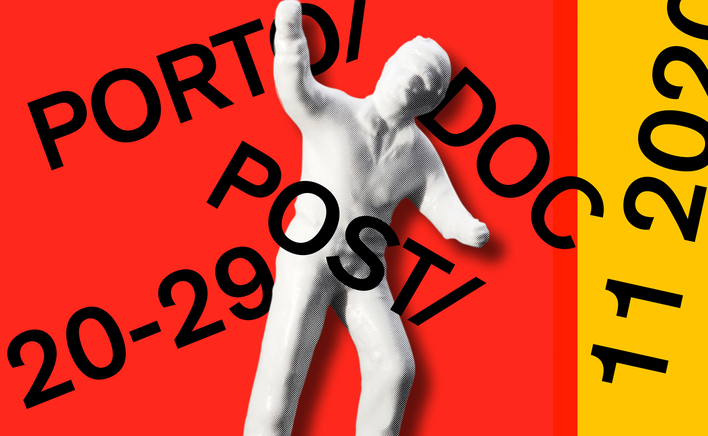
The end has been repeatedly declared: of history, of ideologies, of time, even of the world. Along with these symbolic collapses came the successive deaths of cities — abandoned, rebuilt, destroyed, promised, or dreamt — that, nonetheless, were reborn. They became imagined worlds, retold stories, uprisings yet to be fulfilled.
Today, the visuality of cities — their cinematic forms, landscapes, and atmospheres — is under constant challenge. Green corridors connecting centres and peripheries, panoramic lifts, tourist cable cars, cycle lanes, and hesitant gestures toward eco-friendly or smart city ideals: this is the city of the after. After the climate emergency, the migration crisis, the pressures of tourism, or the plight of a sub-proletarian class adrift without neighbourhood or belonging. In this intense present — which is always already the time after — cities have ceased to be shelters, leaving their most vulnerable citizens exposed. No dream to shelter them, no utopia, no sense of urbanity: what image of the city does cinema now reveal?
Cinecittà remains a possibility of a whole world. And citizens, no matter how confined, are still points of light: animating life through the sonic utopias of David Byrne, the evocation of Martin Luther King's anti-racist struggles, or the suburban journeys of Ventura and Stan through Lisbon and Los Angeles.
From 20 to 29 November, Porto/Post/Doc once again occupied various venues across the city — Teatro Municipal do Porto – Rivoli, Cinema Passos Manuel, Planetário do Porto – Centro de Ciência Viva, and Escola das Artes – UCP. For the first time, part of the programme was also presented online, in response to the demands of a changing reality.